Alongside its Toyota Passo twin, the Daihatsu Boon has also been revamped for 2016. The B-segment supermini – which our Perodua Myvi is based on – has been completely redesigned inside and out, gaining several new features in the process.
As with the Passo, the new Boon is split into two models – a standard X variant and a more stylish Cilq. The former features a boxier look compared to its jellybean-like predecessor, with squarish headlights (LED items on the higher-end G package variant), C-shaped LED tail lights and a more upright greenhouse. There’s also a new black C-pillar appliqué that mimics the look of a wraparound rear windscreen.
Similar to the Passo Moda, the Boon Cilq is differentiated by teardrop-shaped bi-LED projector headlights, a trapezoidal grille, indicators integrated into the side mirrors and U-shaped front and rear bumper inserts. 14-inch steel wheels with covers are standard on both models, with new six-spoke machine-finish alloys available on higher end variants.
Inside, there’s a new bi-level dashboard, with a protruding centre console housing both the centre air vents and the head unit. There’s also a redesigned three-spoke steering wheel, along with a new dashboard-mounted gearlever (mounted on the steering column on previous models). As before, a bench seat is fitted at the front for a more open and airy ambience.
In here, too, there are differences between the X and Cilq models – the former gets an open tray above the glovebox, while the latter gains an enclosed box. A dark interior colour scheme with beige and red seat centres and red air vent surrounds is also unique to the Cilq. Keyless entry and push button start is now available as an option, along with a driver’s seat heater (standard on four-wheel drive models).
Standard safety kit includes dual airbags, ABS with EBD, Vehicle Stability Control (VSC) and traction control. As before, side and curtain airbags are available as an option, bringing the total to six airbags.
Also available as an option for the first time is Smart Assist II, which adds autonomous emergency braking, pedestrian collision warning, lane departure warning, false start suppression control to guard against collisions caused by pedal misapplication, as well as a preceding vehicle start notification that warns if the vehicle ahead is moving off from a traffic stop (i.e. a traffic light).
Under the bonnet, the 1KR-FE “Topaz Neo” 1.0 litre DVVT three-cylinder engine has been retained, producing 69 PS at 6,000 rpm and 92 Nm at 4,400 rpm. It’s mated to a continuously variable transmission (CVT) and automatic start-stop as standard, and is capable of delivering as much as 28 km per litre on the Japanese JC08 cycle, and 24.4 km per litre on 4WD models. The more powerful 95 PS/121 Nm 1NR-FE 1.3 litre four-pot has been dropped.
Should the next Perodua Myvi be based on this car (which it almost certainly will), expect it to feature significant body panel changes, unique head- and tail lights and a different interior to comply with more traditional Malaysian tastes. Also expect the tiny engine to be replaced by bigger 1.3 and 1.5 litre mills – likely from Toyota’s new NR range and equipped with Dual VVT-i – along with a four-speed automatic.
The new Smart Assist II could also make an appearance, in line with SAE Malaysia’s claim that the second national carmaker will incorporate such a system by 2020 – the company was spotted trialling a Daihatsu Move recently, fitted with SA II. Expect the Myvi to be unveiled about a year after the Passo and Boon, much like how the current model’s release followed a similar timeframe.
Looking to sell your car? Sell it with Carro.

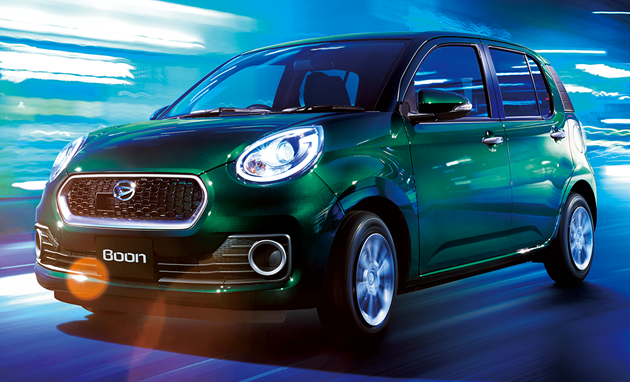

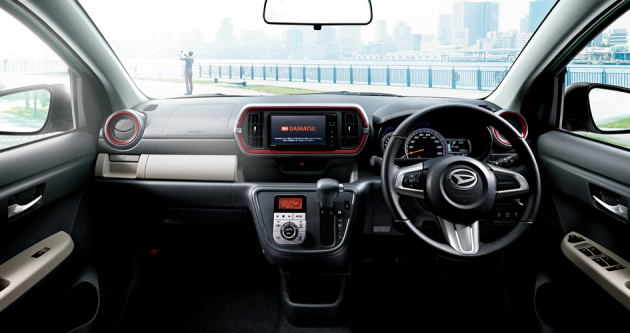
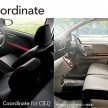

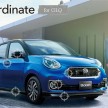

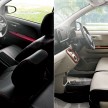

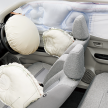
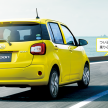
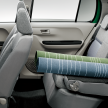
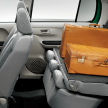
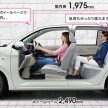

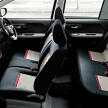
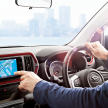
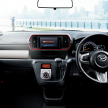
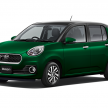
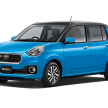
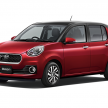
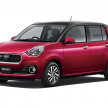
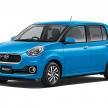
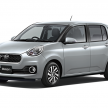
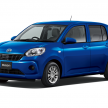
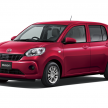
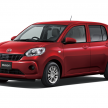
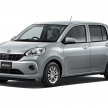
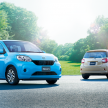
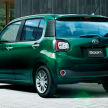
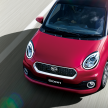
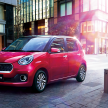
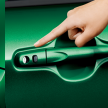
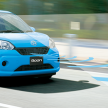
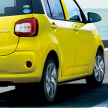
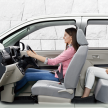
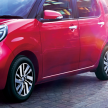


AI-generated Summary ✨
Comments mostly focus on the upcoming Perodua Myvi, with many expressing skepticism about its design, outdated features like the 4-speed auto, and safety aspects such as lack of VSC. Some comments highlight the Malaysian models' use of smaller engines and rebadging strategies, while comparing them to Japan models. There are criticisms of Proton and Perodua, with opinions on brand management and R&D spending. Several comments predict the new Myvi will be similar to previous models or rebadged vehicles, and some humorously or critically discuss safety, market value, and overall car quality. A minority of comments praise Perodua's management and value, but many are dismissive or negative, emphasizing design flaws, safety concerns, and quality issues. Overall, the sentiment is largely skeptical and critical of the upcoming Perodua Myvi.